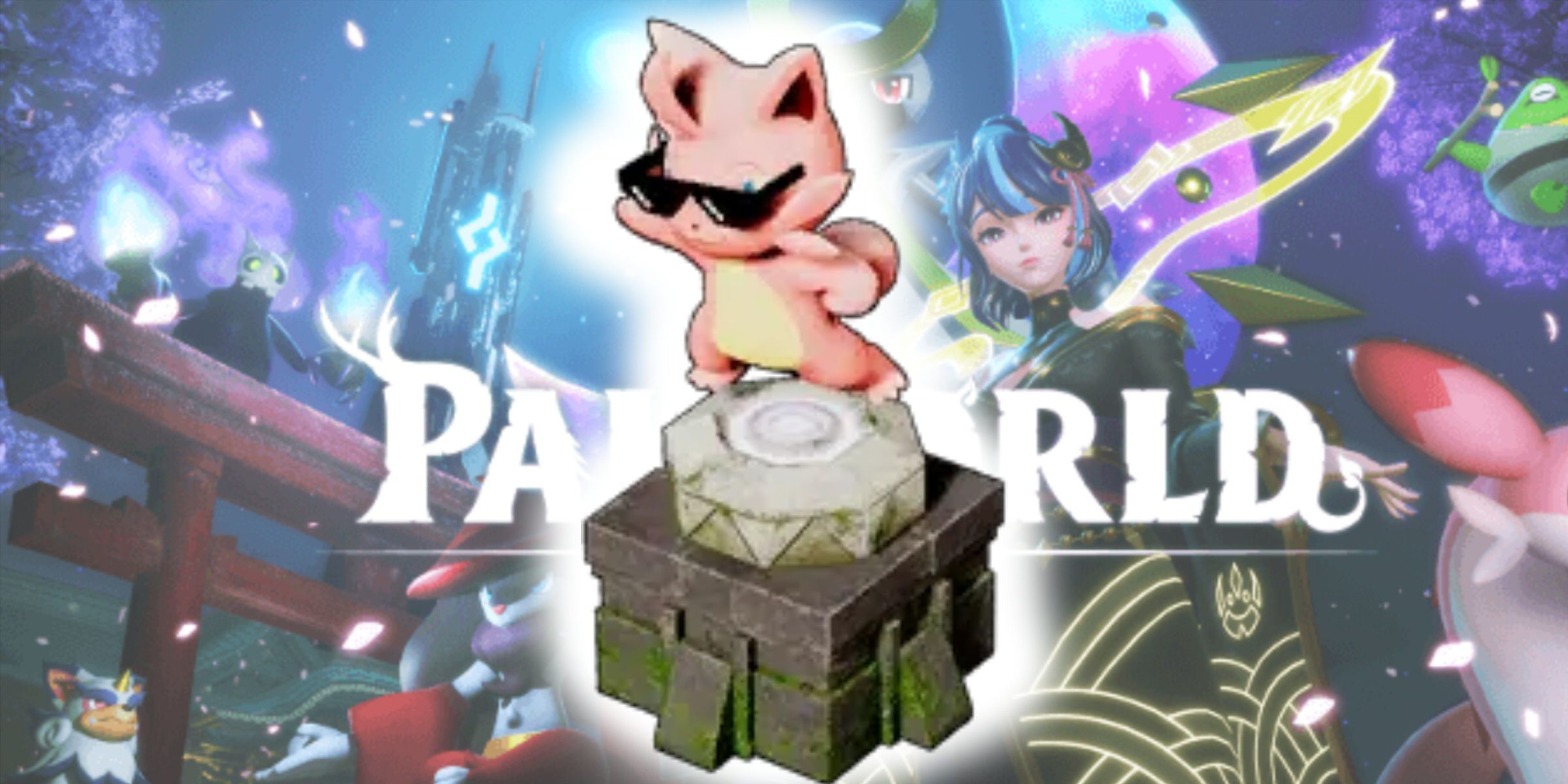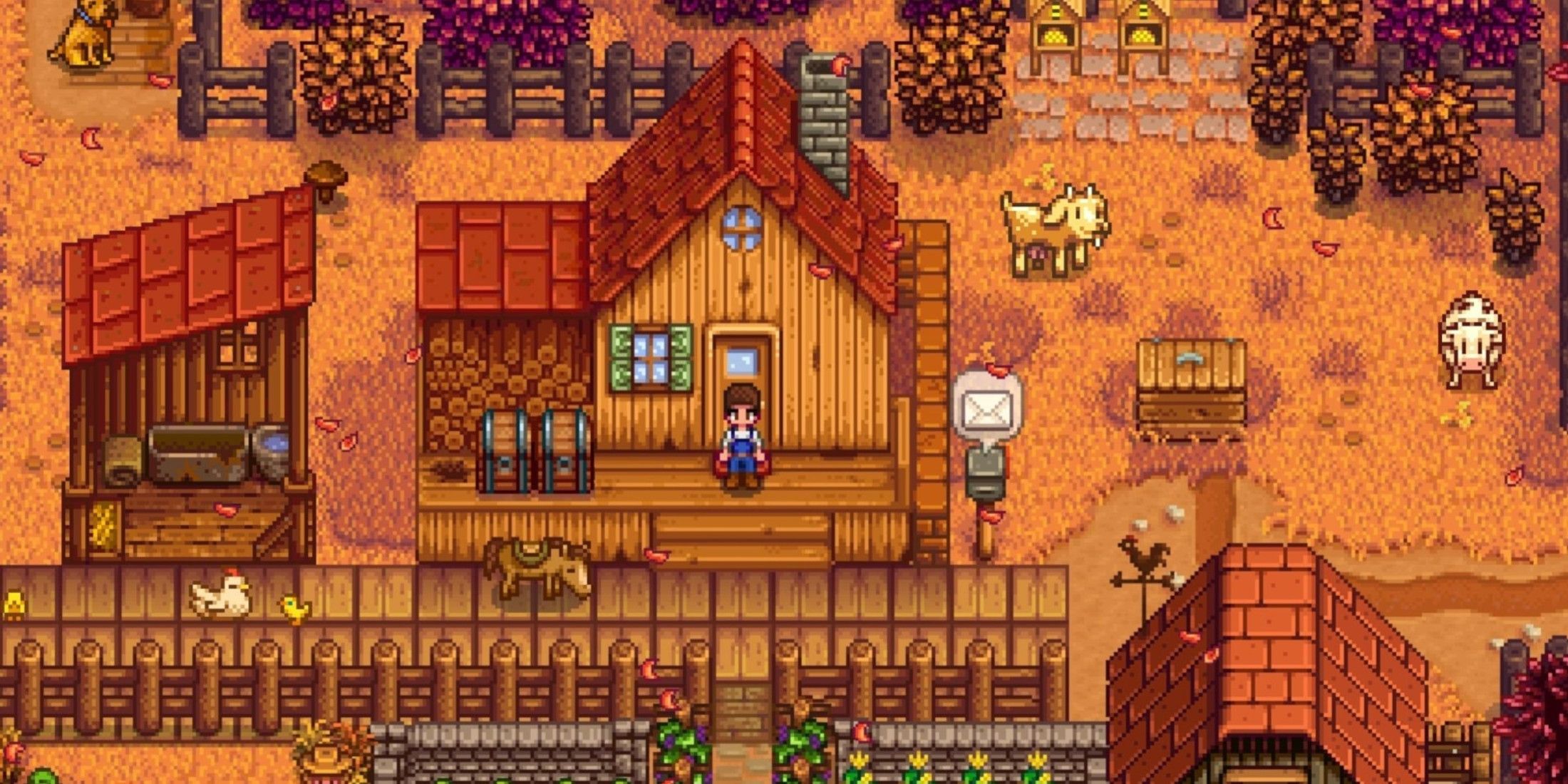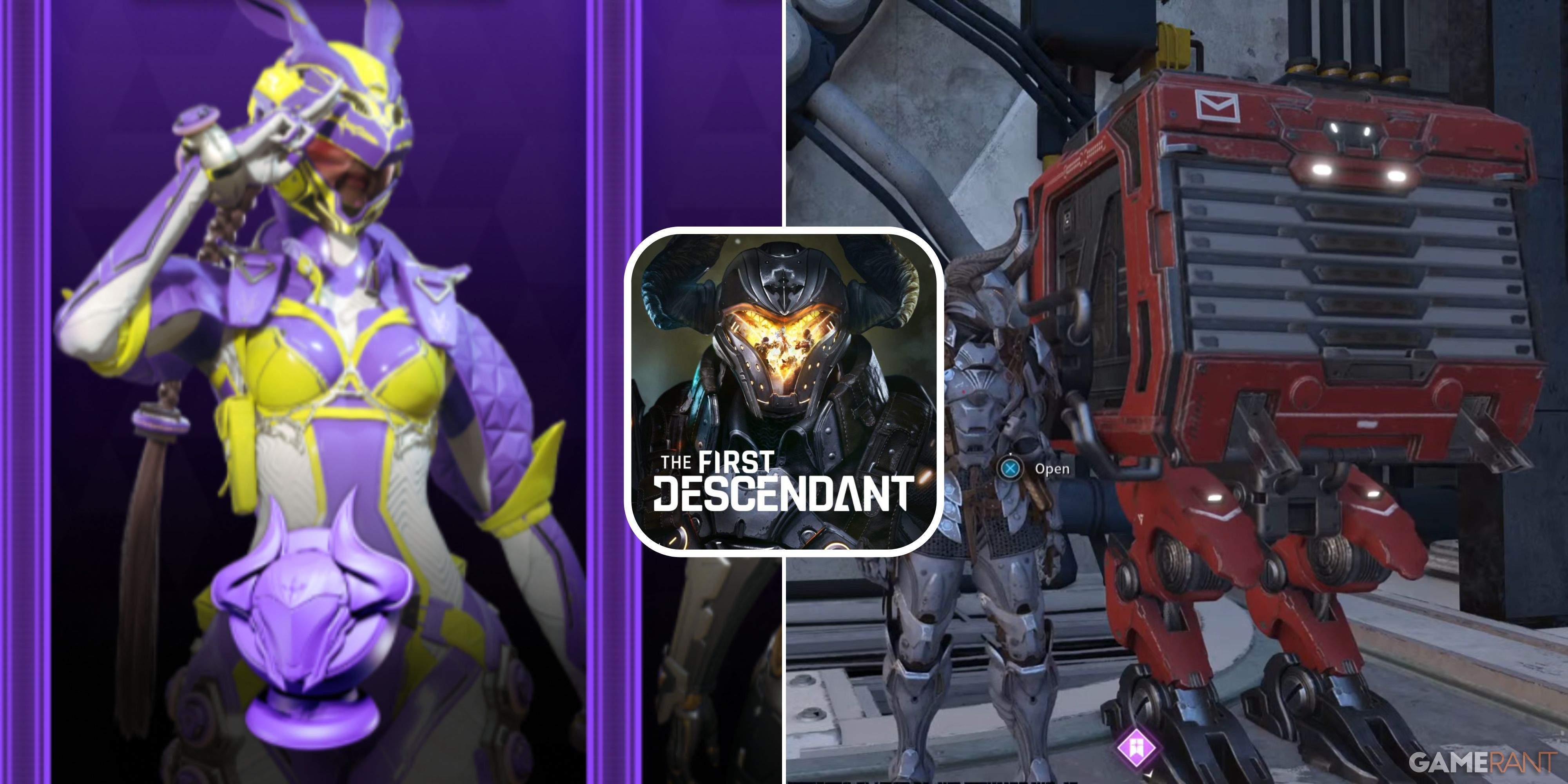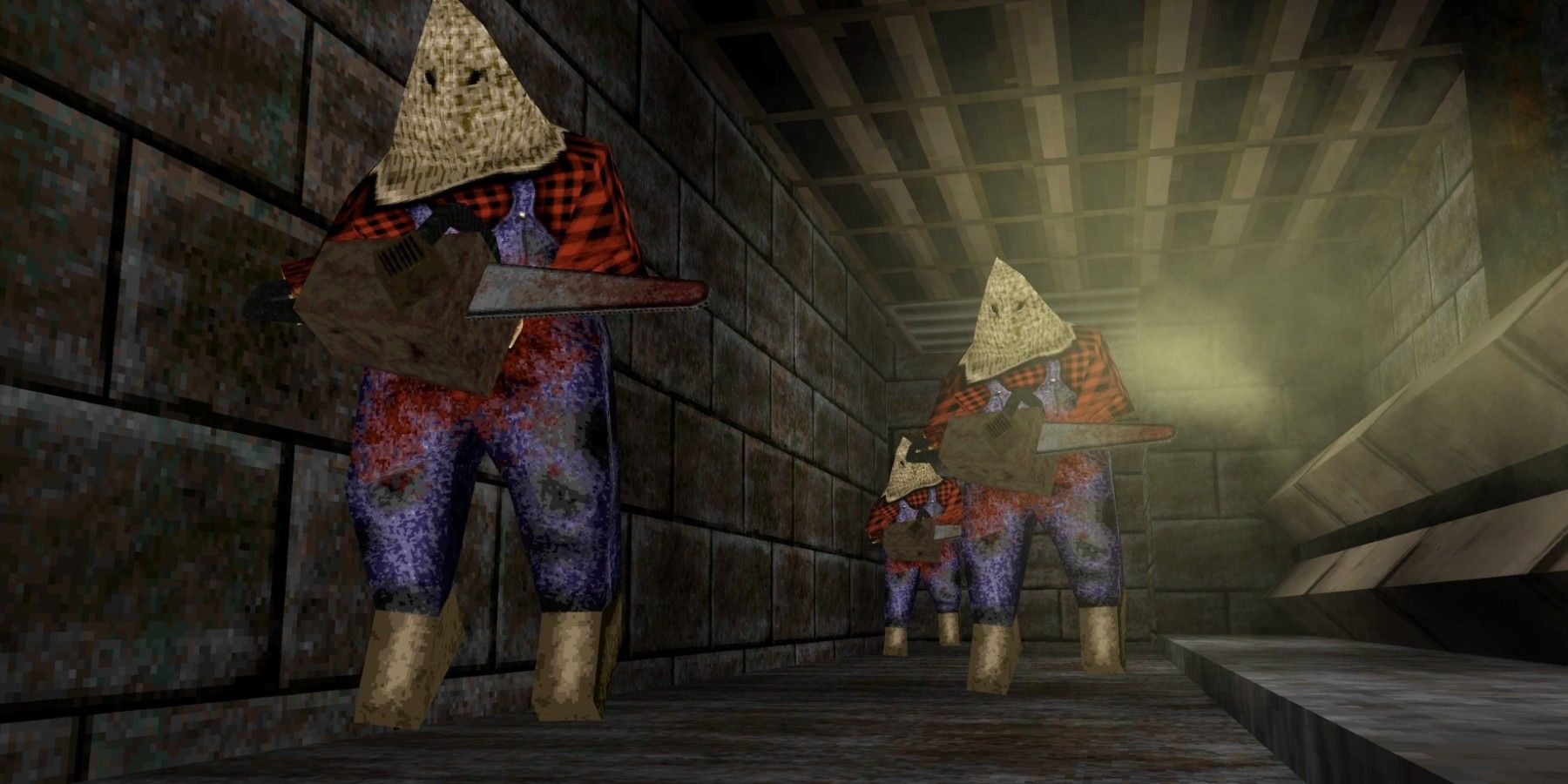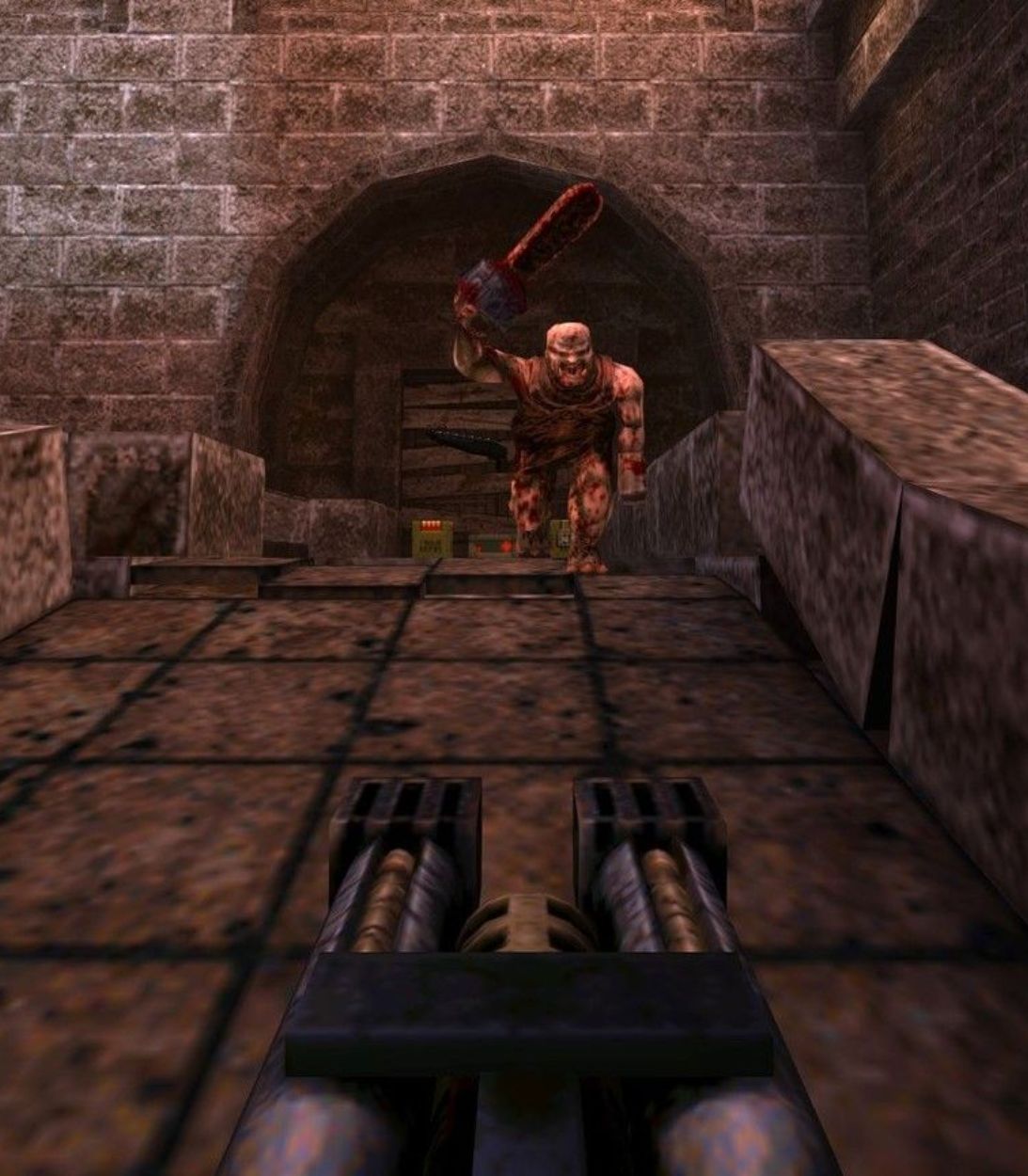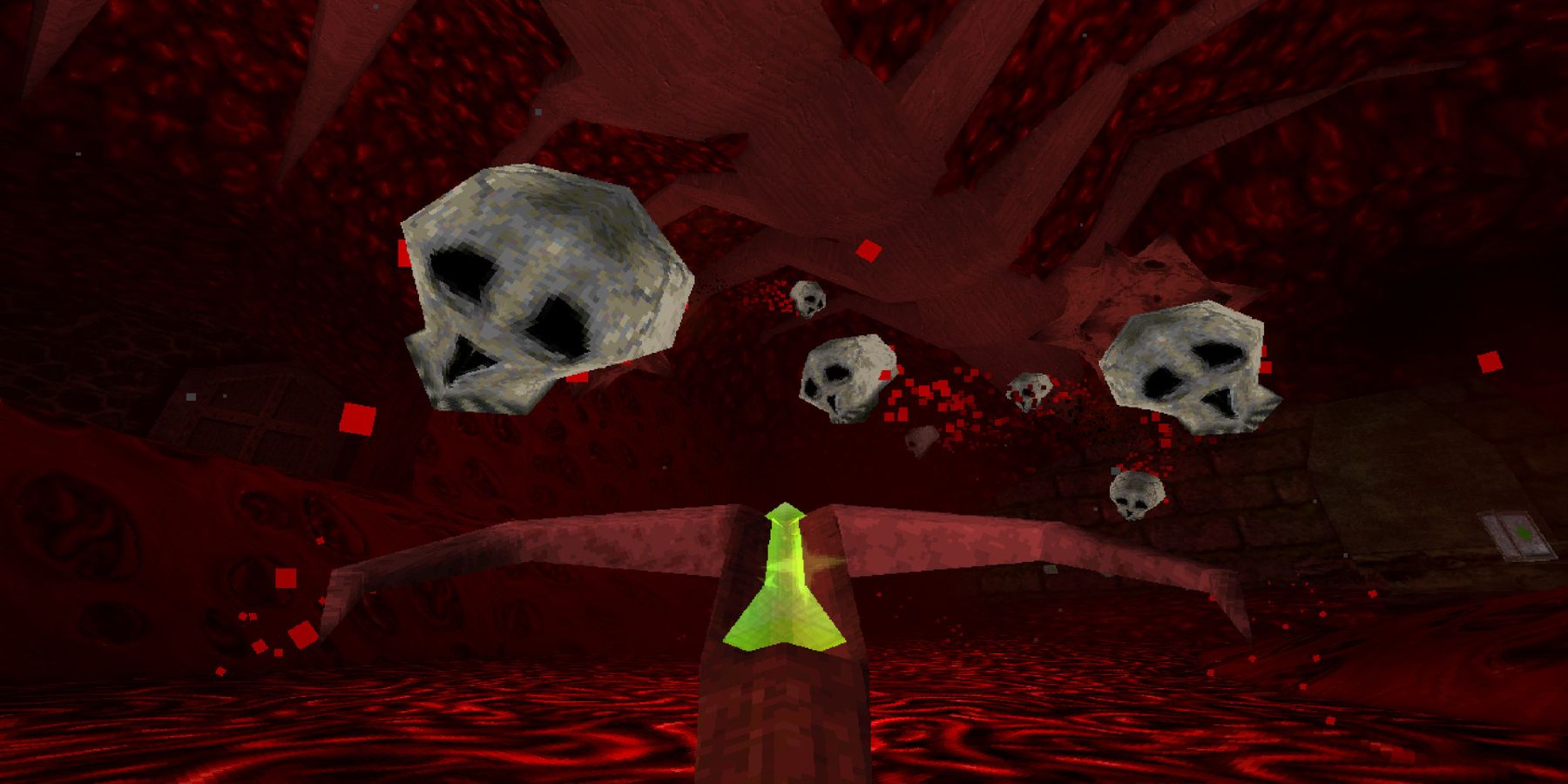DUSK was released on PC in 2018, and is a retro-styled first-person shooter designed to evoke the low-poly 3D models and low-resolution textures of classic shooters like Doom, Half-Life, and in particular, Quake. It was developed by David Szymanski, a supremely talented one-man team, and has performed so well that it has received a Nintendo Switch port, with other console ports to come.
In creating DUSK, Szymanski said one of his biggest challenges was convincing the Unity engine to stop doing things to visually improve the game. He was determined to make his title as close as possible to his experience of his favorite 90s FPS games, warts and all, and the positive reaction from fans suggest he has succeeded.
What Made Quake So Special
Quake was released in 1996 by Id Software, and is regarded as a technical landmark in video gaming. Dispensing with the “fake” 3D employed by titles like Doom and Duke Nukem 3D, Id’s talented team created a fully 3D environment in which players could run, jump, swim, and blast their way through eerie medieval castles and haunted military bases.
Despite its age, the game remains popular, and a remastered version of Quake was recently released across a number of platforms. Bringing high-resolution graphics, a 120 FPS frame rate, and brand new bonus episodes to the game has helped the release prove a hit, but has certainly upgraded and changed the game from the original late-90s experience.
Because Quake’s source code was made freely available, fans have also found the game very easy to make mods and maps for in the 25 years since its release, and as a result there is a huge amount of fan-made Quake content available online. This may have inspired Szymanski to create his magnum opus, and although he created his own game from scratch, he has undoubtedly infused it with Quake’s DNA.
How DUSK Perfectly Recaptures the Feel of the Original Quake
DUSK sets out its vicious and grisly stall immediately, with the player assaulted by chainsaw-wielding, dungaree-clad cultists, armed with only a pair of sickles to help them slash their way out of trouble. As well as the low-poly models and low-res textures, veterans of Quake will also recognize DUSK’s limited color palette, with brown being leaned on very heavily in the architecture of the first episode, “The Foothills.” Styled after The Texas Chainsaw Massacre and evoking revered horror FPS Blood, it forces the protagonist through a series of disturbing and lunatic-filled locales.
The gameplay also blasts its Quake homage into players' faces with both barrels, with the protagonist unencumbered by weapon reloads, slow movement, or stealth mechanics. Instead, they run and gun their way through sinister swamps, (seemingly) abandoned mines, and sadistic sawmills like the old-school FPS glory days have been restored.
The game’s structure also mirrors Id Software’s classic, with DUSK comprising three episodes, each containing around ten maps. Throughout the course of these adventures, the player will gradually accumulate increasingly powerful weaponry, and encounter more harrowing and formidable monsters against which it must be deployed. DUSK even surpasses its ancestor in a number of areas: the game’s boss encounters are a huge improvement on Quake’s meagre menagerie, and the variety of its locations is also a refreshing departure from Quake’s citadel-centric designs.
The game has received abundant praise, including for its riotous soundtrack by Andrew Hulshult, of Doom Eternal fame. Fans hope that DUSK’s creator will add more content in the future, as well as bringing the title to a new batch of bloodthirsty gamers with its upcoming Xbox and PS4 ports.
DUSK is available now for Mac, PC, and Switch.

